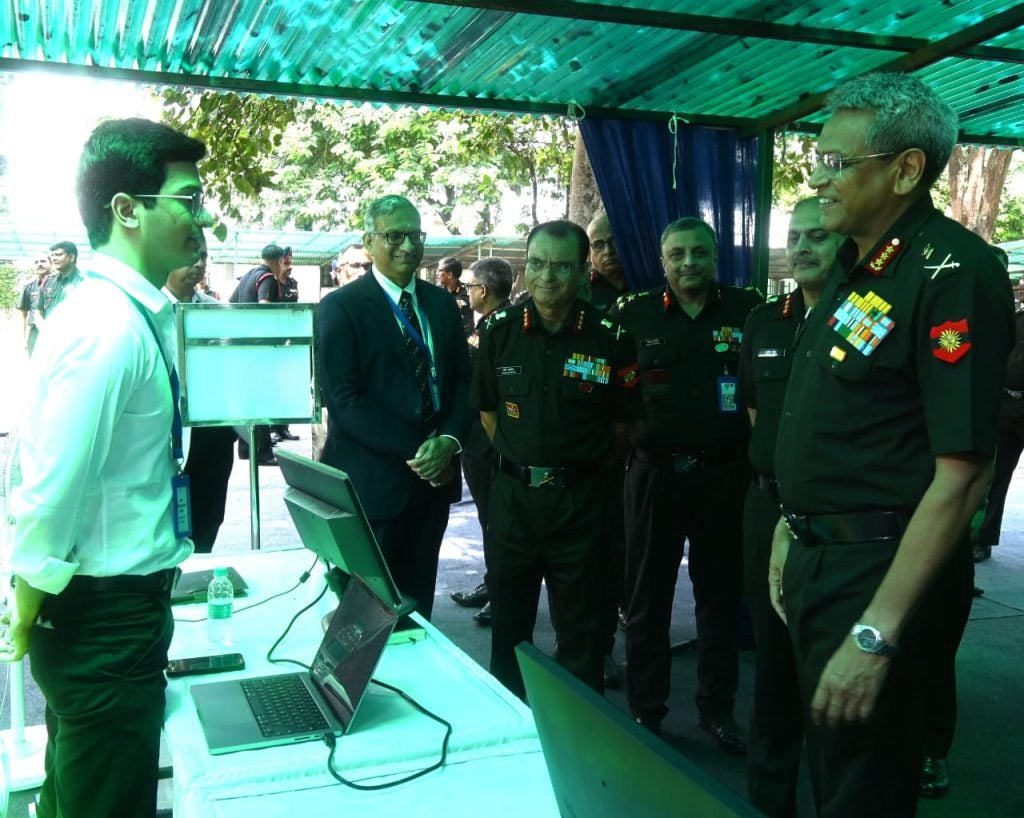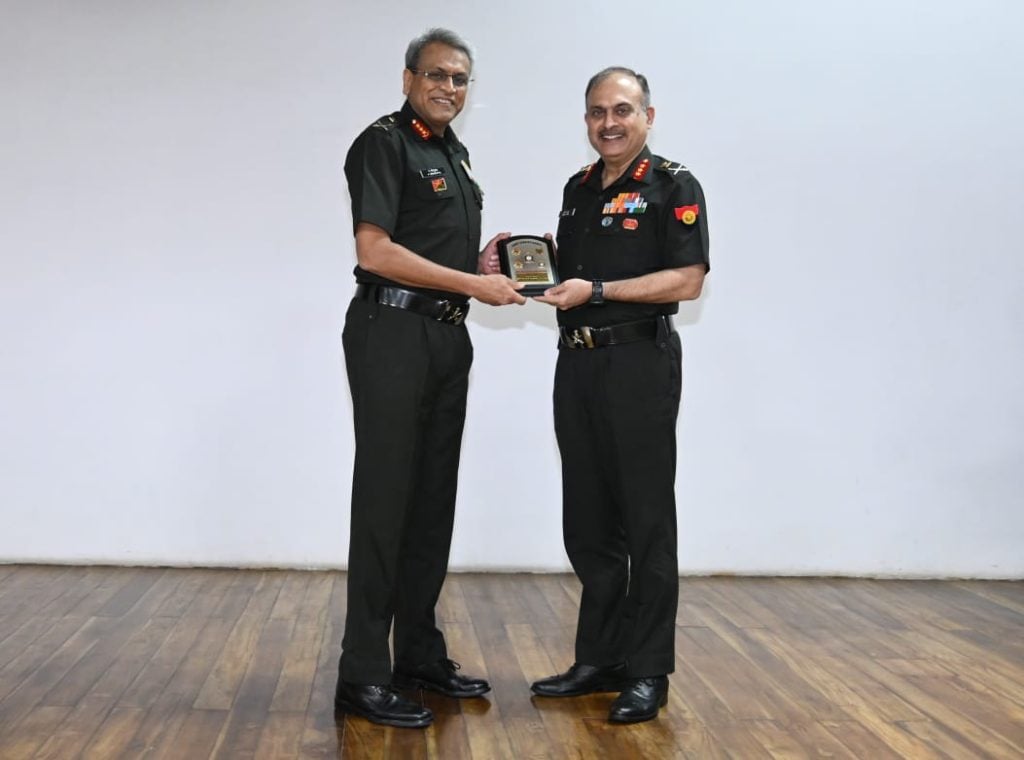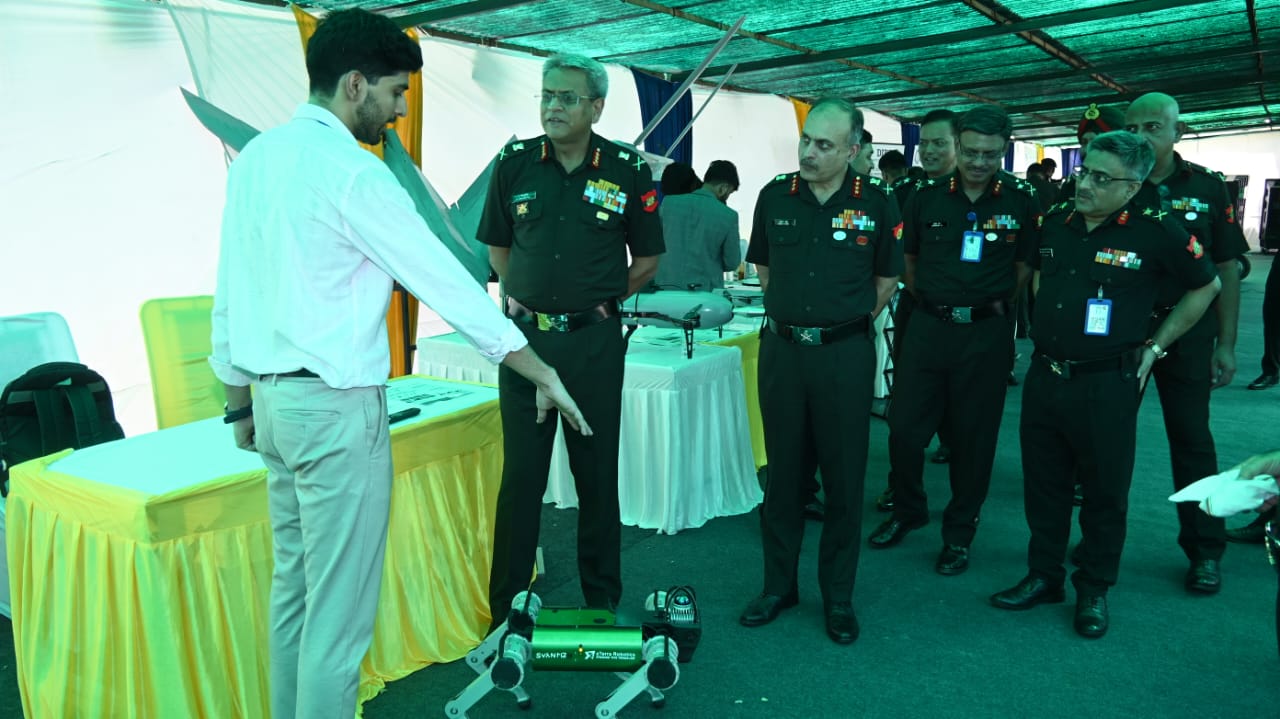The Indian Army has showcased a series of groundbreaking logistics innovations at the Surya Supplies and Transport Symposium 2025, a two-day event being held in Lucknow. The symposium, presided over by Lt Gen Anindya Sengupta, General Officer Commanding-in-Chief of the Central Command, and attended by Lt Gen Mukesh Chadha, Director General of Supplies and Transport and Senior Colonel Commandant of the Army Service Corps (ASC), brings together senior Army leaders, DRDO scientists, academia, and industry experts.
Focus on Modern Battlefield Logistics
The event is centered on modernizing military supply chains to meet the challenges of future warfare. Among the highlights are nutrient-rich, extended shelf-life rations and field-ready meals designed for high-altitude and remote deployments.

AI and Smart Logistics
A major highlight of the symposium is the Army’s adoption of artificial intelligence in logistics management. Recent Army trials have shown a 30% increase in efficiency with AI-enabled inventory systems, predictive maintenance tools, and advanced logistics models. These upgrades are aimed at delivering faster, more accurate, and sustainable supply chains across dynamic operational environments.
Global Relevance
The discussions align with global military trends. A NATO report highlighted a 25% rise in global demand for resilient military supply chains amid growing geopolitical tensions. India’s push in this direction signals its intent to position itself as a leader in military logistics innovation.

Strengthening Civil-Military-Industry Collaboration
Beyond technology demonstrations, the symposium serves as a platform for dialogue and collaboration. Military strategists, DRDO experts, and private industry leaders are working together to refine supply chain resilience, ensuring that Indian soldiers remain battle-ready in any terrain or conflict scenario.
As the Indian Army steps up efforts to revolutionize logistics and transport systems, the outcomes of the Lucknow symposium are expected to have far-reaching implications for operational preparedness and national defense strategy.













